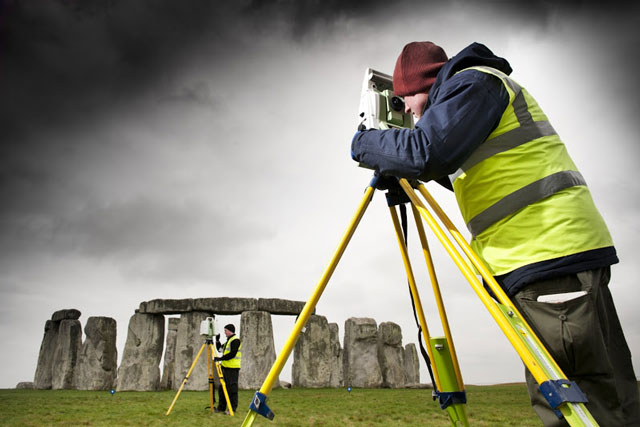
An English Heritage 3D scanning study of Stonehenge reveals new findings

The magnificent standing stones of Stonehenge have generated endless speculation and countless wild theories over the years. The original purpose of the prehistoric monument, constructed anywhere from 3000 BC to 2000 BC, is still disputed, although common beliefs are that the standing stones represent an ancient observatory or a place of worship.
The focus on the sun is now quite clear, however, with a new 3D scan of the iconic stones revealing evidence of the importance of the two solstices to its creators, including that of the midwinter sunset.
Using the latest 3D laser scanning technology, the English Heritage analysis of Stonehenge has shown significant differences in the way the stones were shaped and worked. These differences reveal that Stonehenge was not only aligned with the solstices, but that the view of the monument from the Avenue, its ancient processional way to the north east, was particularly important.

To approach and view the stone circle from this direction means that the midwinter sunset had special meaning to prehistoric people, and that they made deliberate efforts to create a dramatic spectacle for those approaching the monument from the north east – stones on the outer circle had their crust removed to make them glisten in sunlight.
These stones facing north-east are also the largest and most uniform in shape, unlike the south-western segment of the monument where there are several smaller and more irregular stones. The study shows that the techniques and amounts of labour used vary from stone to stone. These variations provide almost definitive proof that it was the intent of Stonehenge’s builders to align the monument with the two solstices.
Analysis of the laser scan has also led to the discovery of many more prehistoric carvings, including 71 new Bronze Age axeheads, which brings the number of these types of carvings known in Stonehenge to 115.
The new Stonehenge visitor centre at Airman’s Corner, 1.5 miles west and out of sight of Stonehenge, is scheduled to open in late 2013.

Related articles
Click here to read more about Wiltshire





 © 2024
© 2024